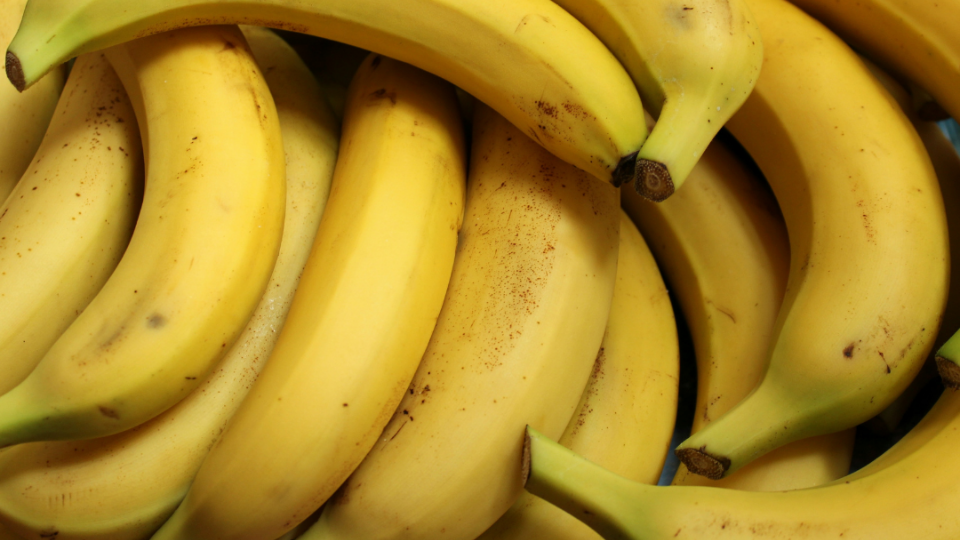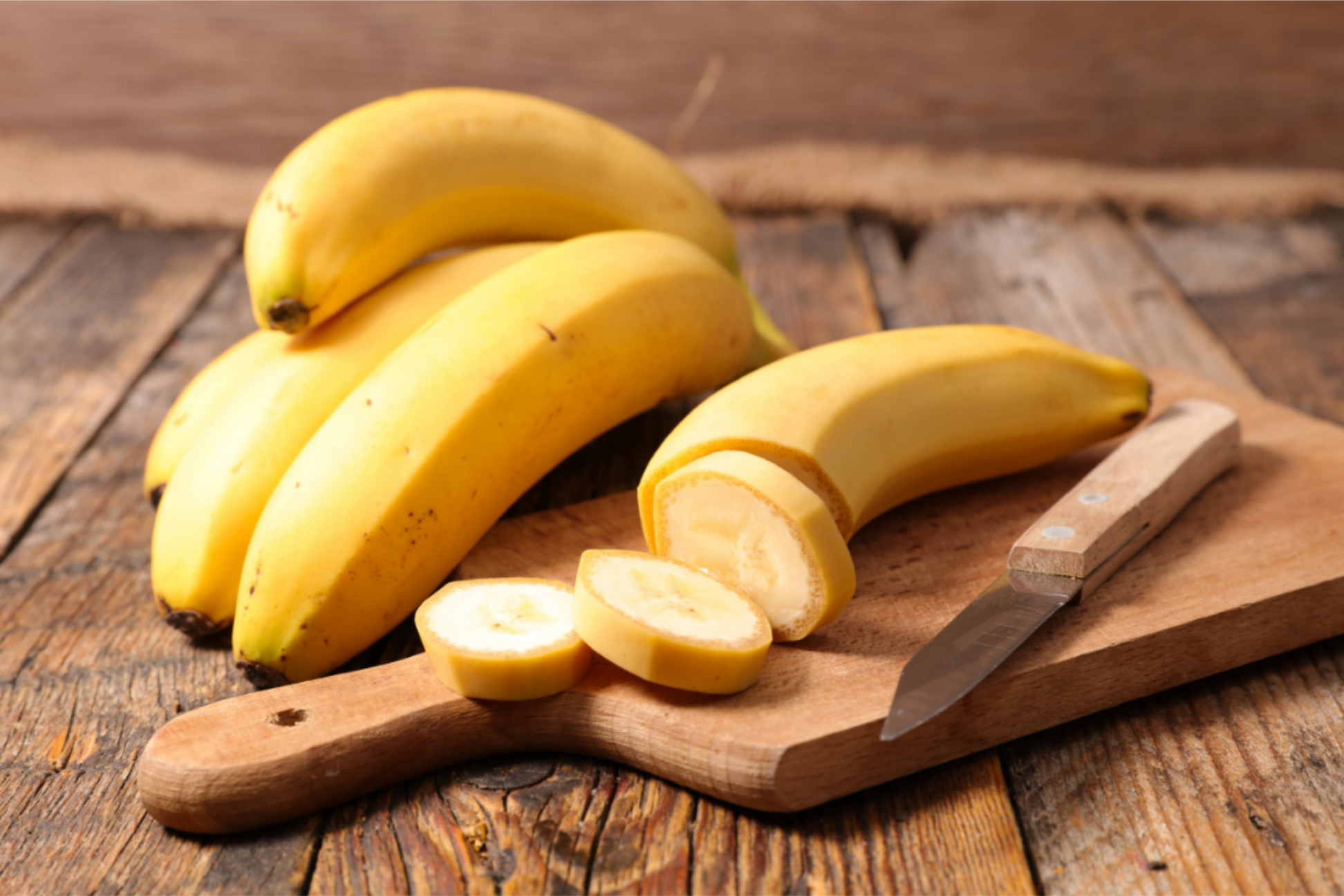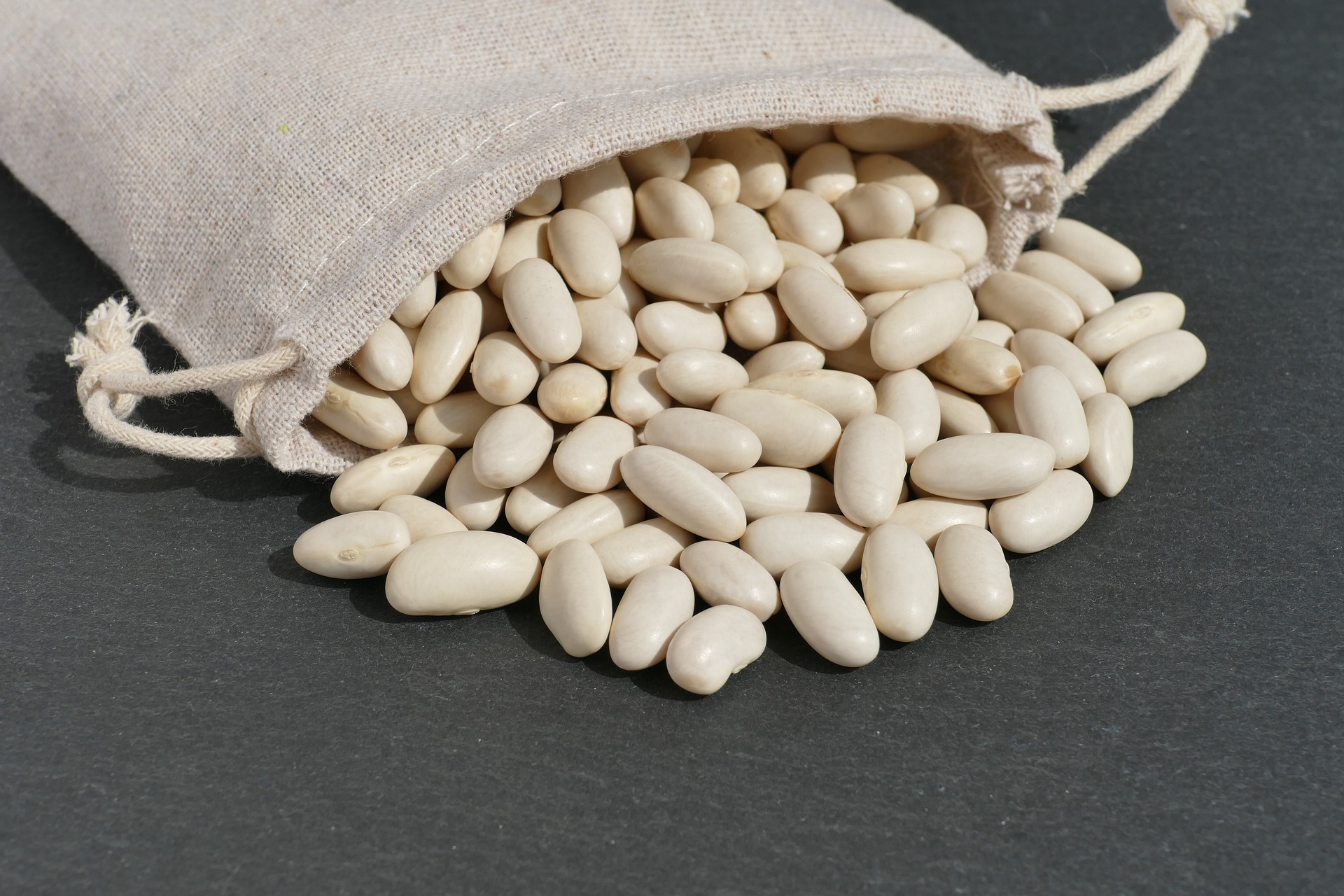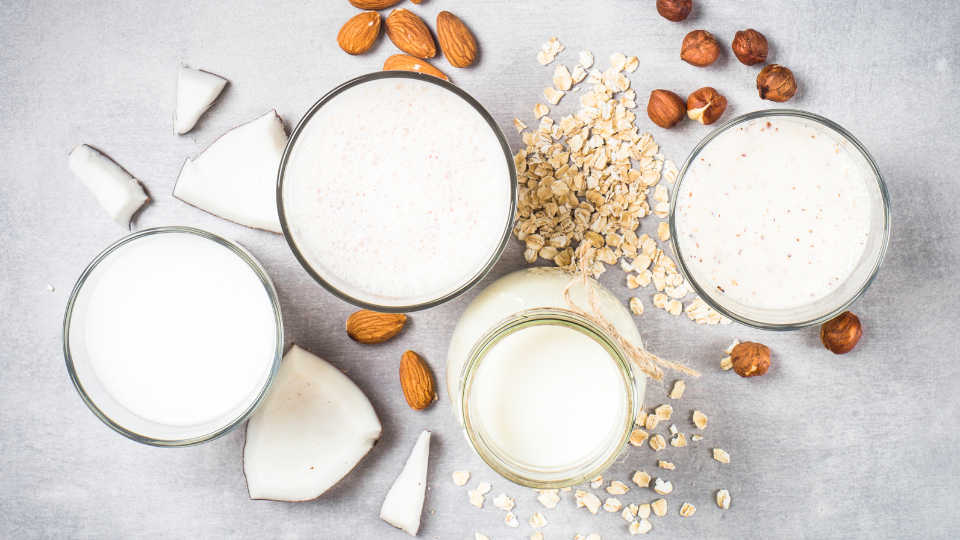Fruit and Vegetable Guide Series: Bananas

Utah Local Fresh Season: Bananas are available year-round at the grocery store. They are grown in humid tropical climates such as those of Costa Rica and Ecuador.
Availability: Bananas are not grown in Utah but are widely available year-round in stores. They are an inexpensive fruit that tastes great as a quick healthy snack.
Eating: Bananas are sweet and come in their own wrappers. Bananas are great sliced on top of a bowl of cereal or some yogurt, topped with a little peanut butter or even just peeled and eaten plain!
Selecting: For best quality select bananas that are evenly colored, are slightly green at the tips, and are free of bruises and soft brown spots.
Cleaning and Preparing: Since bananas come with a thick peel they just need to be rinsed and then peeled just before eating. Bananas brown quickly once opened so be sure to open and cut close to serving time.
Storing: Bananas ripen quickly at room temperature and can be stored in the refrigerator after they are ripe to extend the life a few more days. The outside will turn brown in the fridge, but the fruit will still be fresh and delicious. Be careful not to refrigerate bananas before they are ripe as they will not ripen properly.
Cooking: Bananas can be used in cooking to make different meals, snacks and desserts such as banana bread, pancakes, muffins, and fruit parfaits.
Nutrition Highlight: Bananas are a good source of potassium, vitamins B6, C A, and fiber..
Growing Bananas: Bananas grow on trees in tropical climates. The main countries that produce bananas are India, China, Philippines, and Ecuador. Banana plants look much like small trees but in reality, are not actual trees, just large plants.
Preserving Bananas: Preserve bananas by freezing or drying. For freezing bananas, select firm ripe bananas. Peel; mash thoroughly. Add 1/2 teaspoon (1,500 mg) ascorbic acid per cup of mashed banana. Package in a moisture-vapor resistant container. Seal and freeze. For drying bananas, use solid yellow or slightly brown-flecked bananas. Avoid bruised or overripe bananas. Peel and slice 1⁄4-inch to 3/8-inch thick, crosswise or lengthwise. Treat with an ascorbic acid solution to prevent browning. Drying times vary by manufacturer, so consult directions with your machine, but generally, drying times for bananas are between 8 and 10 hours.
See this site for more information: http://www.uga.edu/nchfp/
References
Sidhu, J. S. and Zafar, T. A. (2018). Bioactive compounds in banana fruits and their health benefits. Food Quality and Safety. 2(4) 183-188, https://doi.org/10.1093/fqsafe/fyy019
https://food.unl.edu/prolonging-life-bananas
https://food.unl.edu/free-resources/newsletters/food-fun-young-children/bring-bananas
Authors
Marie Stosich, RD
*This publication is a part of a series created by Create Better Health and Utah State Extension Employees. It has been reviewed and updated to include current evidence-based research and recommendations.
Related Nutrition Articles







